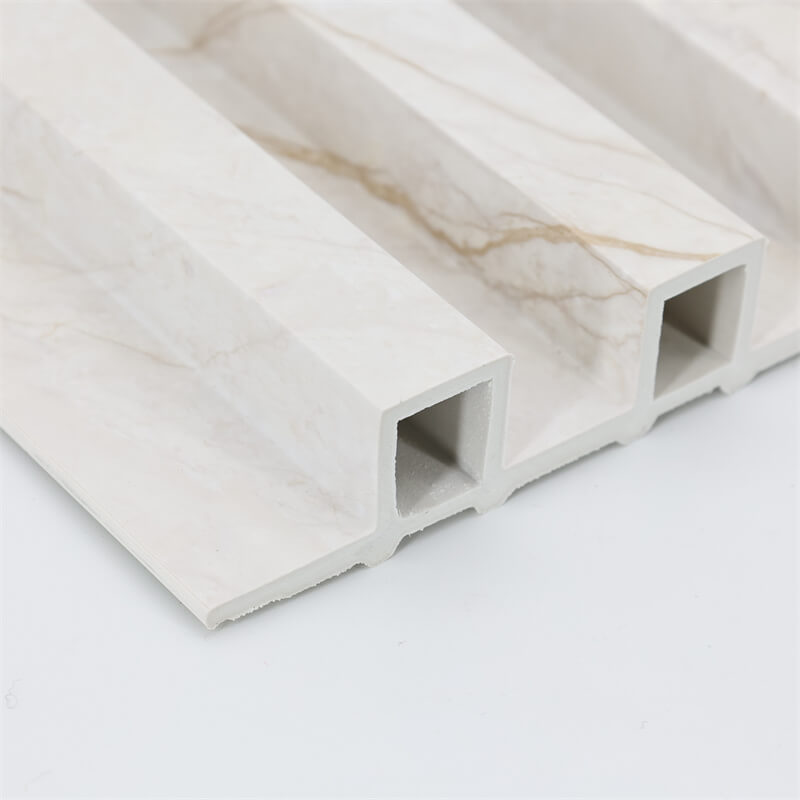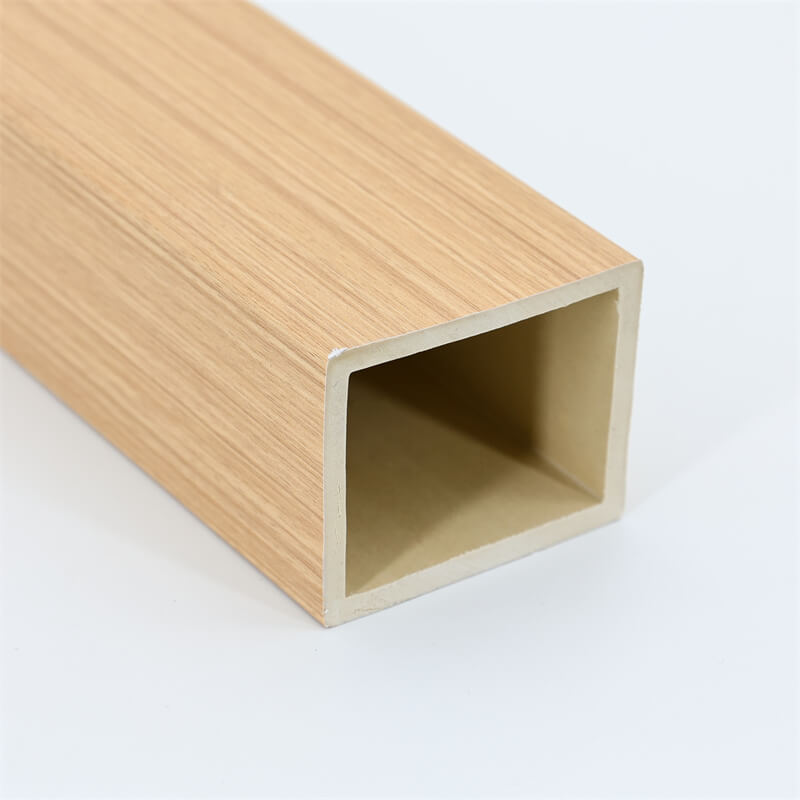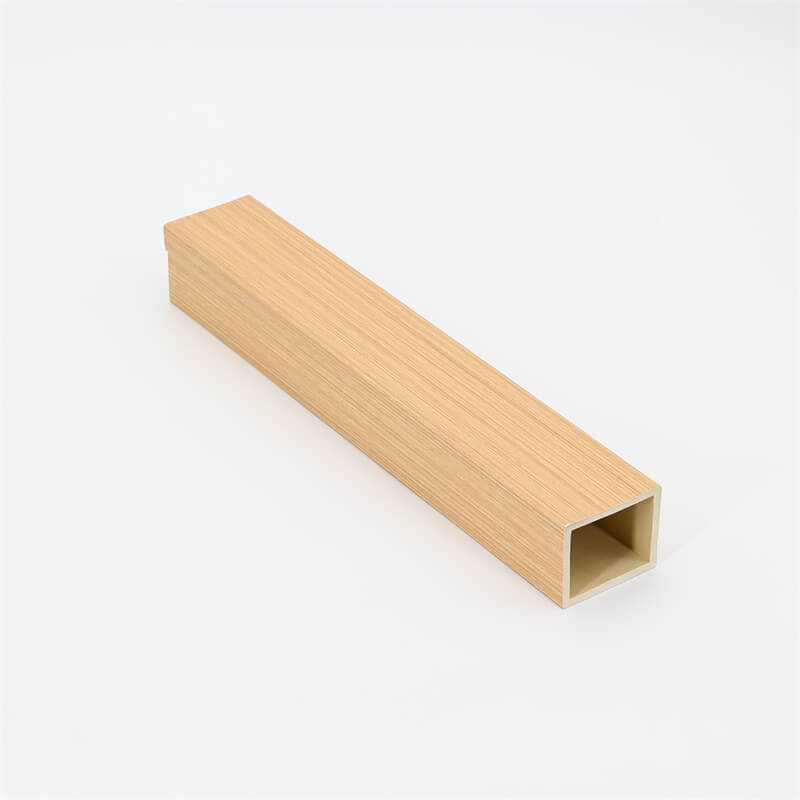
In an era where sustainability is a top priority, architects, designers, and homeowners are seeking eco-friendly materials for creating sustainable spaces.
Wood-Plastic Composite (WPC) panels have emerged as a popular choice due to their combination of durability, versatility, and environmental benefits.
In this article, we explore the insights provided by suppliers on how WPC panels contribute to the creation of sustainable spaces.
From their manufacturing process to their performance and recyclability, WPC panels offer numerous advantages that align with the goal of sustainable design.
Eco-Friendly Manufacturing Process
WPC panels are manufactured using a combination of recycled wood fibers and recycled plastic, making them an environmentally responsible choice.
Suppliers prioritize the sourcing of sustainable raw materials, including post-industrial and post-consumer waste.
By utilizing recycled materials, WPC panels reduce the demand for virgin timber and plastic, contributing to the conservation of natural resources.
Moreover, the manufacturing process itself is designed to minimize energy consumption and emissions, further reducing the environmental impact.

Durability and Longevity
Creating sustainable spaces requires materials that can withstand the test of time, reducing the need for frequent replacements.
WPC panels excel in this aspect, offering exceptional durability and longevity.
Unlike traditional wood products that are prone to rot, decay, and insect damage, WPC panels are highly resistant to these issues.
They can withstand harsh weather conditions, including UV radiation and moisture, without compromising their integrity.
This longevity factor translates into reduced maintenance, lower costs, and less waste generation over the lifespan of the space.
Low Maintenance and Life Cycle Costs
Sustainability also involves minimizing the use of resources throughout the life cycle of a space.
WPC panels contribute to this goal by requiring minimal maintenance.
Unlike natural wood that needs regular painting, staining, or sealing, WPC panels are virtually maintenance-free.
They do not warp, crack, or splinter, eliminating the need for sanding or refinishing.
Cleaning is as simple as using water, soap, and a soft brush.
This low maintenance requirement translates into reduced water consumption, chemical usage, and overall operating costs.

Recyclability and End-of-Life Options
Another key aspect of creating sustainable spaces is considering the end-of-life options for materials.
WPC panels offer recyclability as a viable solution.
At the end of their lifespan, the panels can be recycled and used as raw materials for new WPC products.
This closed-loop recycling process reduces waste generation and minimizes the environmental impact.
Suppliers play a crucial role in facilitating the recycling process by establishing collection points and partnerships with recycling facilities.
Creating sustainable spaces is no longer a luxury but a necessity in today’s world.
WPC panels offer a range of advantages that align with the goals of sustainable design.
From their eco-friendly manufacturing process to their durability, low maintenance requirements, and recyclability, WPC panels provide a practical and environmentally responsible solution for architects, designers, and homeowners.
By partnering with reputable manufacturers and suppliers, sustainable spaces can be achieved without compromising on aesthetics or performance.
As the demand for sustainable materials continues to grow, WPC panels are poised to play a significant role in shaping the future of sustainable design.
With their long lifespan, low maintenance requirements, and recyclability, WPC panels pave the way for creating sustainable spaces that are not only visually appealing but also environmentally conscious.
